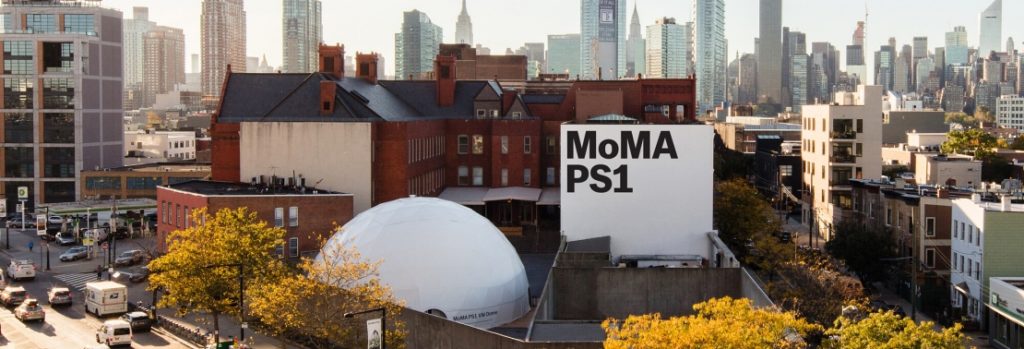Michael Bullock of PIN-UP writes:
What are you most looking forward to? The next project. That’s what keeps me alive. Everything will eventually collapse, and everything will turn to dust. I only have this limited amount of time. I don’t have a mission, but I have a particular obligation because I have a gift. I must do what I can. Am I satisfied? No. Jamais content. I always want to do more.
“Emilio Ambasz is here?” asked incredulous visitors during the opening of MoMA’s Emerging Ecologies show in September. It was the first formal exhibition put on by the museum’s Ambasz Institute, an institution dedicated to “the joint study of the built and the natural environment.” Such is the aura of mystery surrounding Ambasz that even the mere potential of his presence at the opening of his namesake institute causes a minor stir. The Argentine-born architect, industrial designer, and curator has quietly pulled many strings behind some of the critical movements in architecture and design over the past 50 years: as the curator for design at MoMA from 1969–76, he introduced the U.S. to Italian Radical Design and the work of Mexican architect Luis Barragán; as an industrial designer he created the world’s first ergonomic chair; as an author he has penned several seminal books on architecture and design; and as an architect, he pioneered the field of sustainable building — “green over gray” is one of his catchphrases.
Throughout his activities, he’s maintained a relatively low profile that seems at odds with his flamboyant personality. A masterful showman in both his work and in person, the 80-year-old experiments with drama, spectacle, and intrigue to create radical, poetic, yet very real buildings, often covered in earth, plants, and trees. His work from the 1970s, 80s, and 90s is so ahead of its time that it continues to offer glimpses into a possible future. Ambasz’s vision comes out of an original practice: he subscribes to an almost meditative technique that combines mental image projection with the writing of fables. But his high-minded musings are always balanced with hard-nosed pragmatism, a combination of traits that has allowed him to convince corporations, governments, and private institutions the world over to take extraordinary, forward-thinking risks that have long-term benefits for the communities involved. Ambasz would never consider himself an environmental activist, however, simply a champion of reason. As he puts it, “Sustainability is another word for survival’s common sense.”
You can check out more of Emilio Ambasz’ projects at his new Emilio Ambasz Virtual Museum website.
 Greenroofs.comConnecting the Planet + Living Architecture
Greenroofs.comConnecting the Planet + Living Architecture











